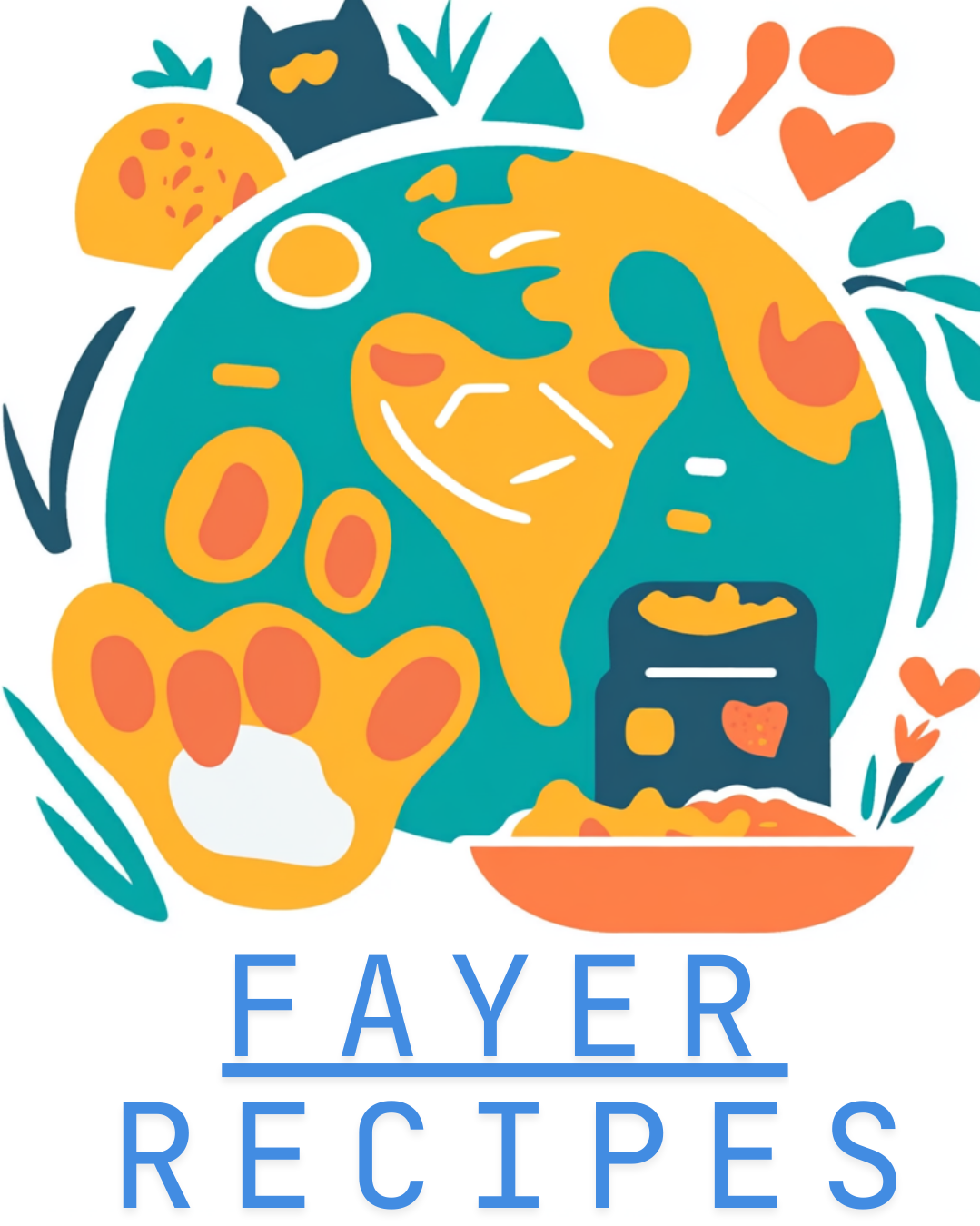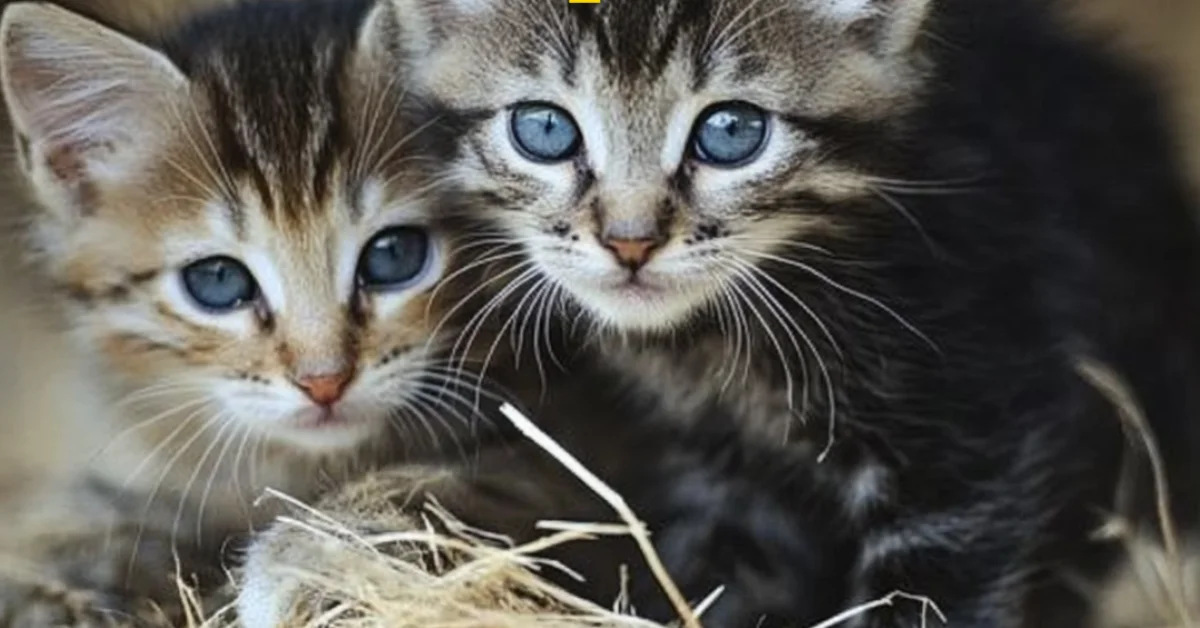Learn exactly what to feed a kitten at every age for healthy growth and development. A complete feeding guide with tips, FAQs, and nutrition essentials.
What to Feed a Kitten – The Ultimate Guide for New Pet Parents
Raising a kitten isn’t just about cuddles and playtime—it starts with getting their diet right from the very first days. Whether you’re a first-time pet parent or you’ve just rescued a tiny furball, understanding what to feed a kitten is critical to its survival and lifelong health.
Let’s break down every stage of kitten nutrition—from bottle-feeding newborns to transitioning them onto solid food—based on the latest veterinary insights and real-life experience.
1. Feeding Newborn Kittens (0-4 Weeks)
Newborn kittens are delicate. They rely entirely on their mother’s milk or a suitable replacement to survive and grow. For orphaned kittens or when the mother cat is absent or unwell, a kitten milk replacer (KMR) is a must. Cow’s milk is not suitable—it causes digestive issues and can be life-threatening.
Key points:
- Use a high-quality KMR like Breeder’s Edge, KMR, or Just Born.
- Feed every 2-3 hours, even through the night.
- Warm the milk slightly before feeding (not hot).
- Always feed warm kittens—never cold! Hypothermia is dangerous.
2. Essential Supplies for Kitten Feeding
Before you begin feeding, you’ll need a small checklist of supplies to make things safe and efficient:
- Kitten feeding bottle with soft nipples
- Eye dropper or syringe for tiny kittens
- KMR powder or liquid formula
- Digital kitchen scale (for weighing kittens daily)
- Clean towels, heating pad (for warmth)
Having these on hand ensures you’re ready, even for emergencies.
3. Introducing Solid Food (4-8 Weeks)
Once kittens start to grow teeth (around 4 weeks), you can begin offering soft, mushy food. Mix canned kitten food with milk replacer to create a gruel. This helps them transition without digestive upset.
Feeding tips:
- Offer small amounts 4–5 times a day.
- Encourage lapping from a shallow bowl.
- Continue bottle-feeding alongside solids until around 8 weeks.
4. Establishing a Feeding Routine (8-12 Weeks)
At this stage, kittens can be fully weaned and start eating high-quality wet or dry kitten food. Ensure it’s labeled specifically for kittens as they require more protein, fat, and calories than adult cats.
Feeding schedule:
- 3 meals per day
- Unlimited access to fresh water
- Occasional treats are okay, but avoid overfeeding
5. Nutritional Requirements for Growing Kittens
Kittens grow fast, and their nutritional needs reflect that. Essential nutrients include:
- High-quality protein (chicken, turkey, lamb)
- Healthy fats for energy and coat health
- Calcium and phosphorus for strong bones
- Taurine for heart and vision health

